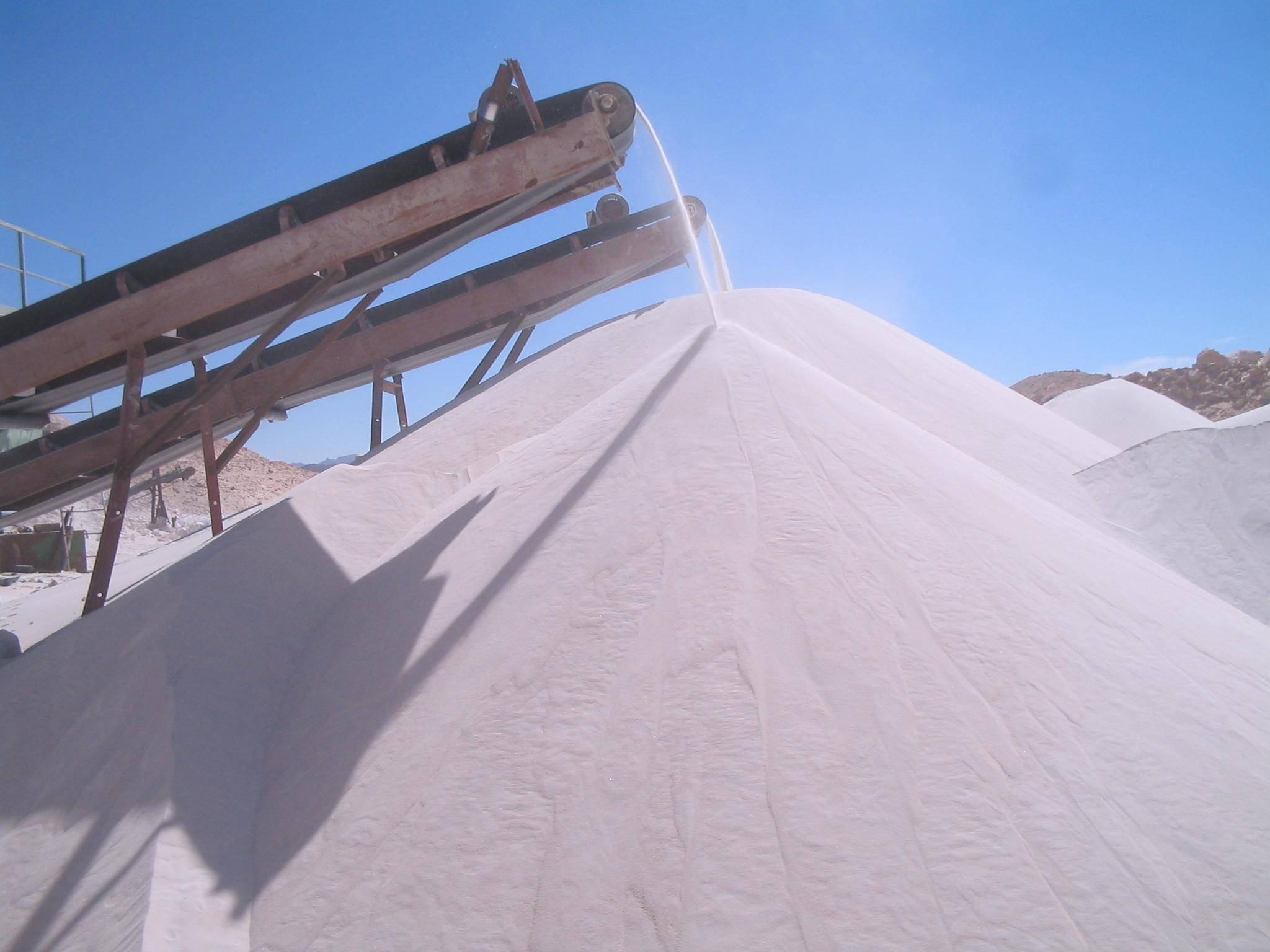

Silica Sand
 Silica sand is one of the most common varieties of sand found in the world. It is used for a wide range of applications, Silica sand is used in industrial processing, to make glass, as fill, and to create molds and castings.
Silica sand is one of the most common varieties of sand found in the world. It is used for a wide range of applications, Silica sand is used in industrial processing, to make glass, as fill, and to create molds and castings.
The most common mineral in the Earth’s continental crust is quartz, and most silica sand is made up of broken down quartz crystals. Silica is another name for silicon dioxide, SiO2, of which quartz is a specific latticed structure. So silica sand is quartz that over the years, through the work of water and wind, has been broken down into tiny granules. These granules can be used for many different purposes, and can be found in most non-tropical regions of the world.
Field of Applications
Because of the fine grains involved in silica sand, it can present a health risk if not properly handled. In projects where products containing silica sand are being cut or pounded, such as demolition projects involving concrete, or sandblasting operations, care must be taken to keep the silica sand out of the lungs. Failure to wear a respirator or mask can result in lung irritation, and prolonged exposure can cause a chronic condition known as silicosis..As a result, all materials containing more than 0.1% of silica sand must be clearly labeled, and workplace health codes apply
Handling and Health
Silica sand is used throughout the world, and in so many different ways it is hard to imagine a world without it. From water filtration, to glass manufacture, to industrial casting, to sand blasting, to producing concrete, to adding texture to slick roads, silica sand impacts every aspect of daily life. One of the major uses of silica sand in the modern world is as an ingredient in industrial concrete. Silica sand produces the bulk of a great deal of concrete, although some concrete bypasses its use for safety and strength reasons.
TECHNICAL DATA SHEETS
Calcium Carbonate | Talc Powder | phosphate | Silica Sand | PVC Compounds | DOP | Butyl Acetate | PP | PET